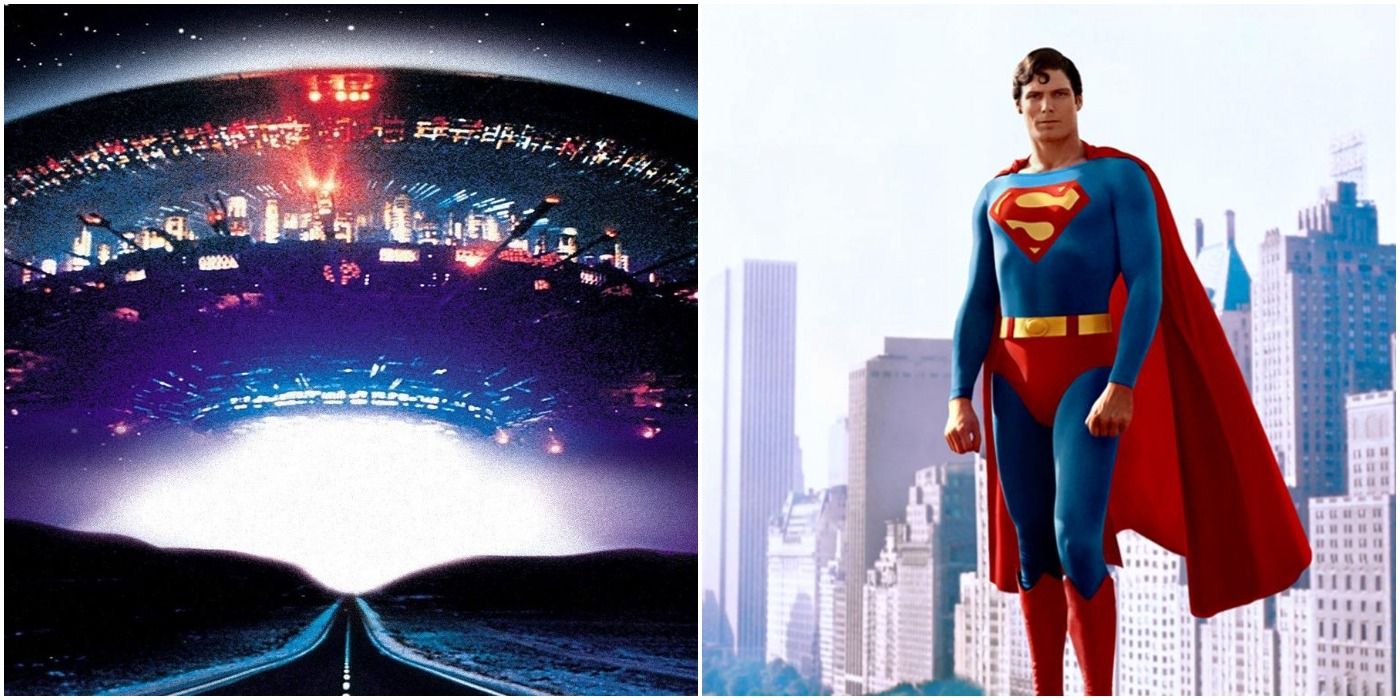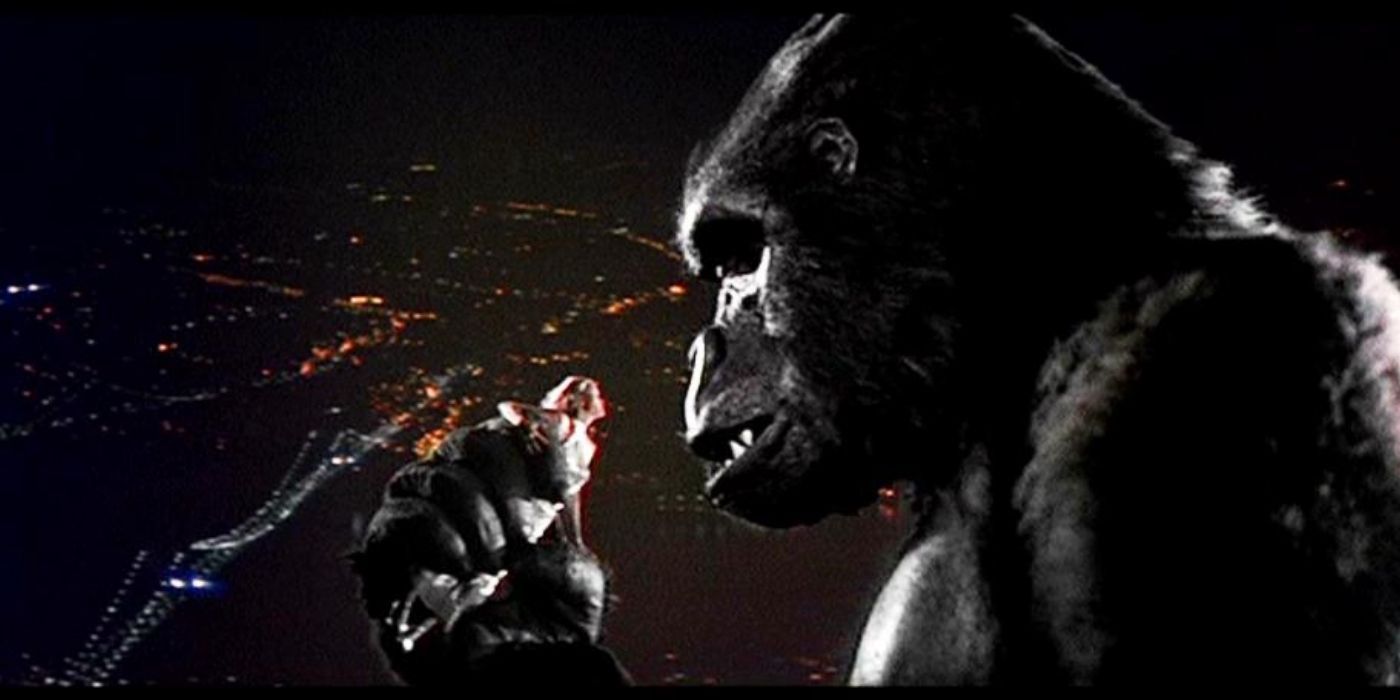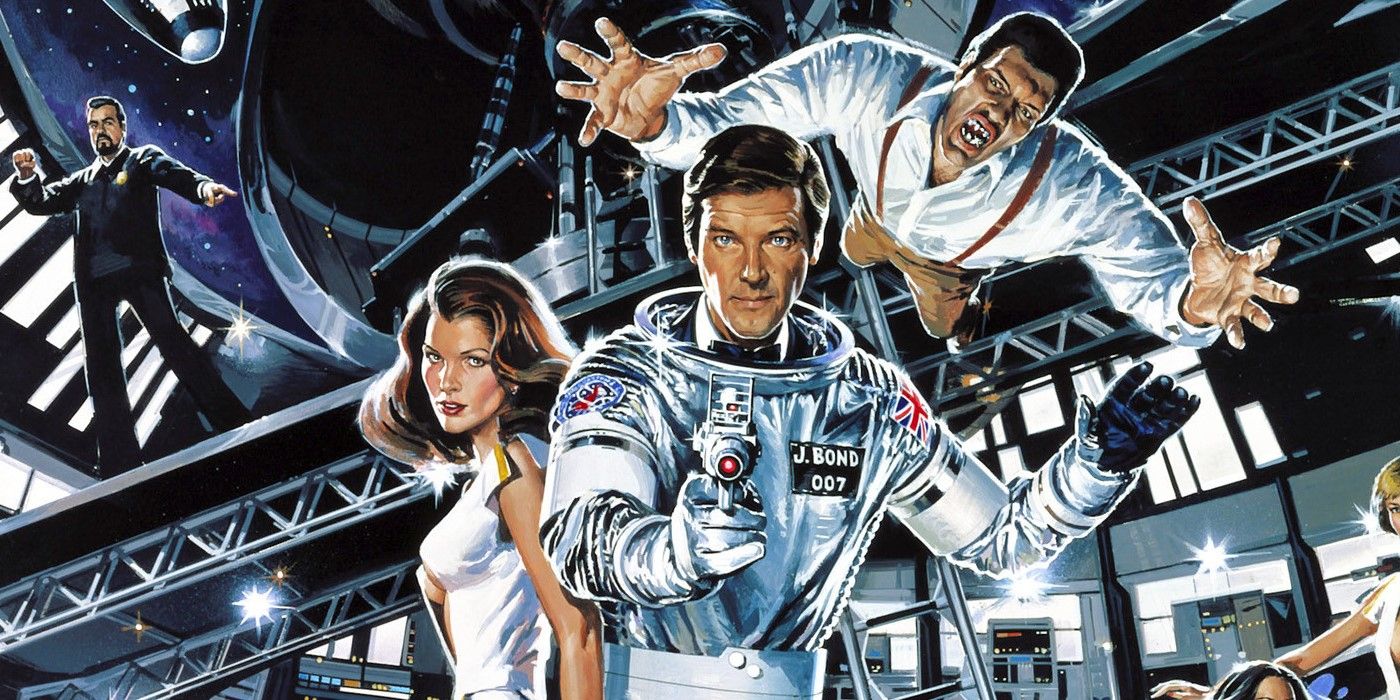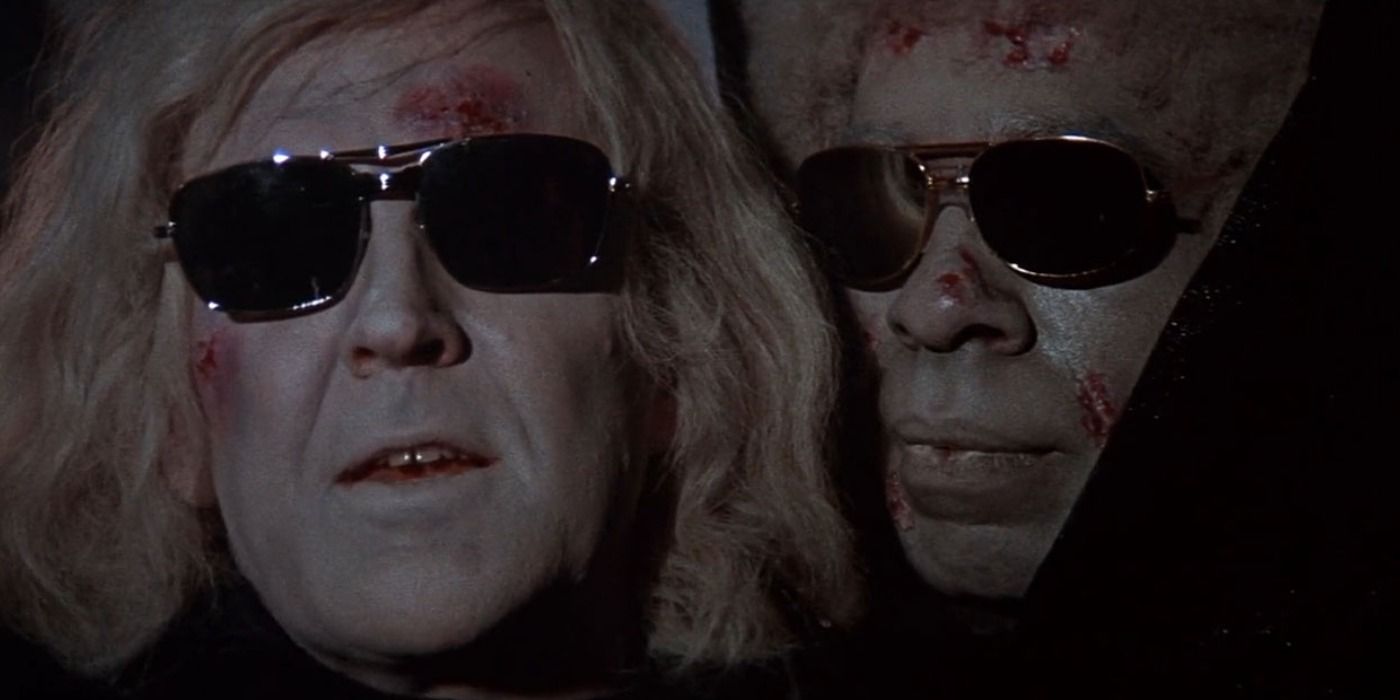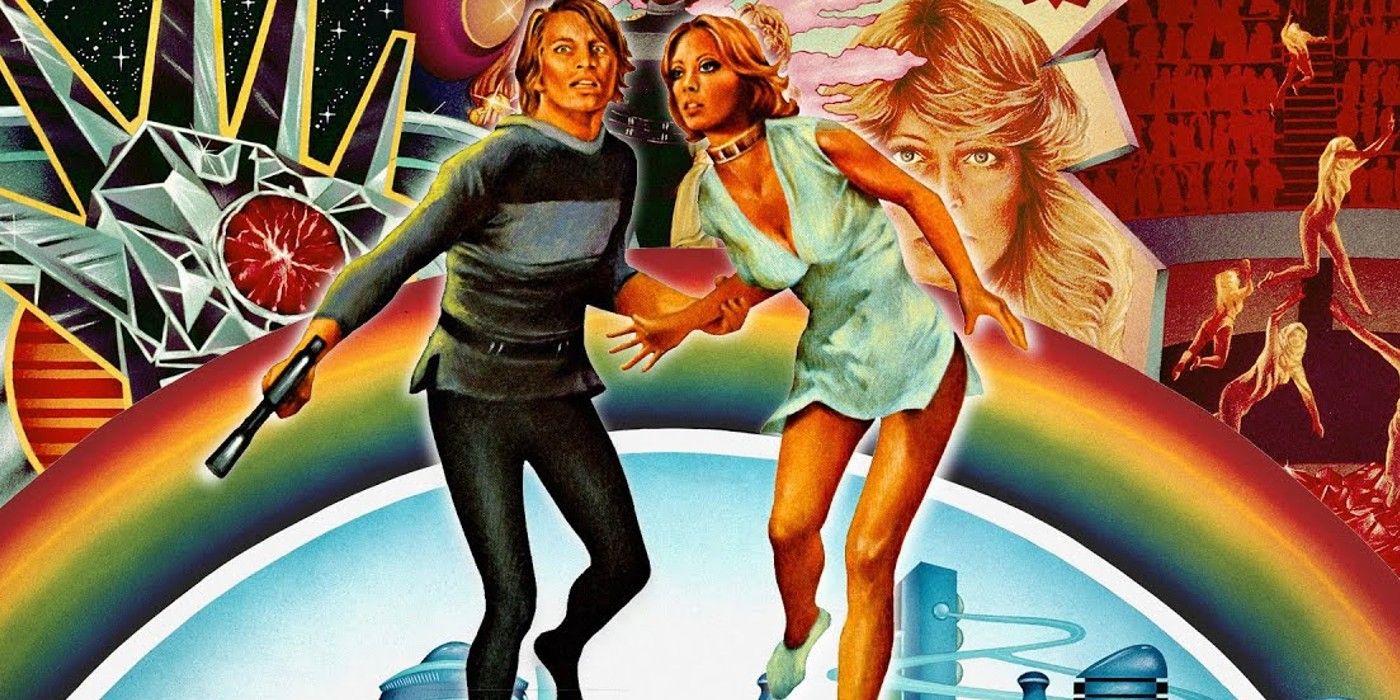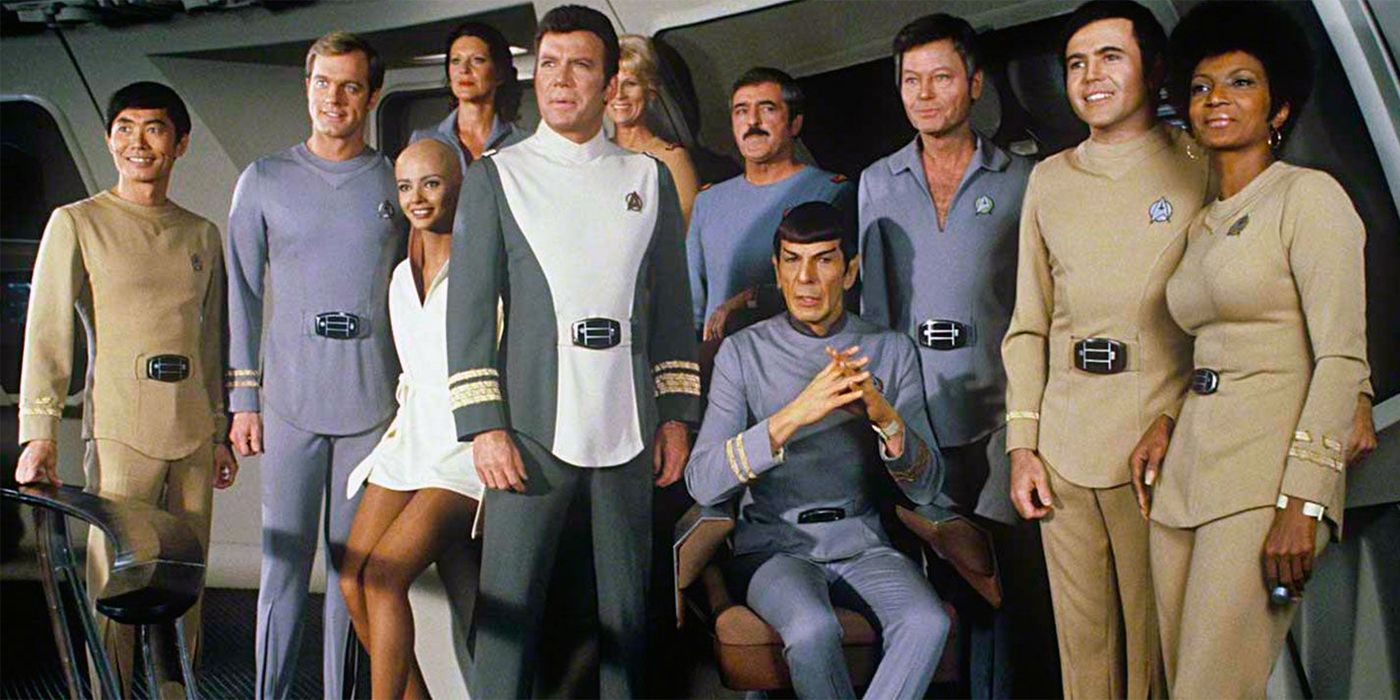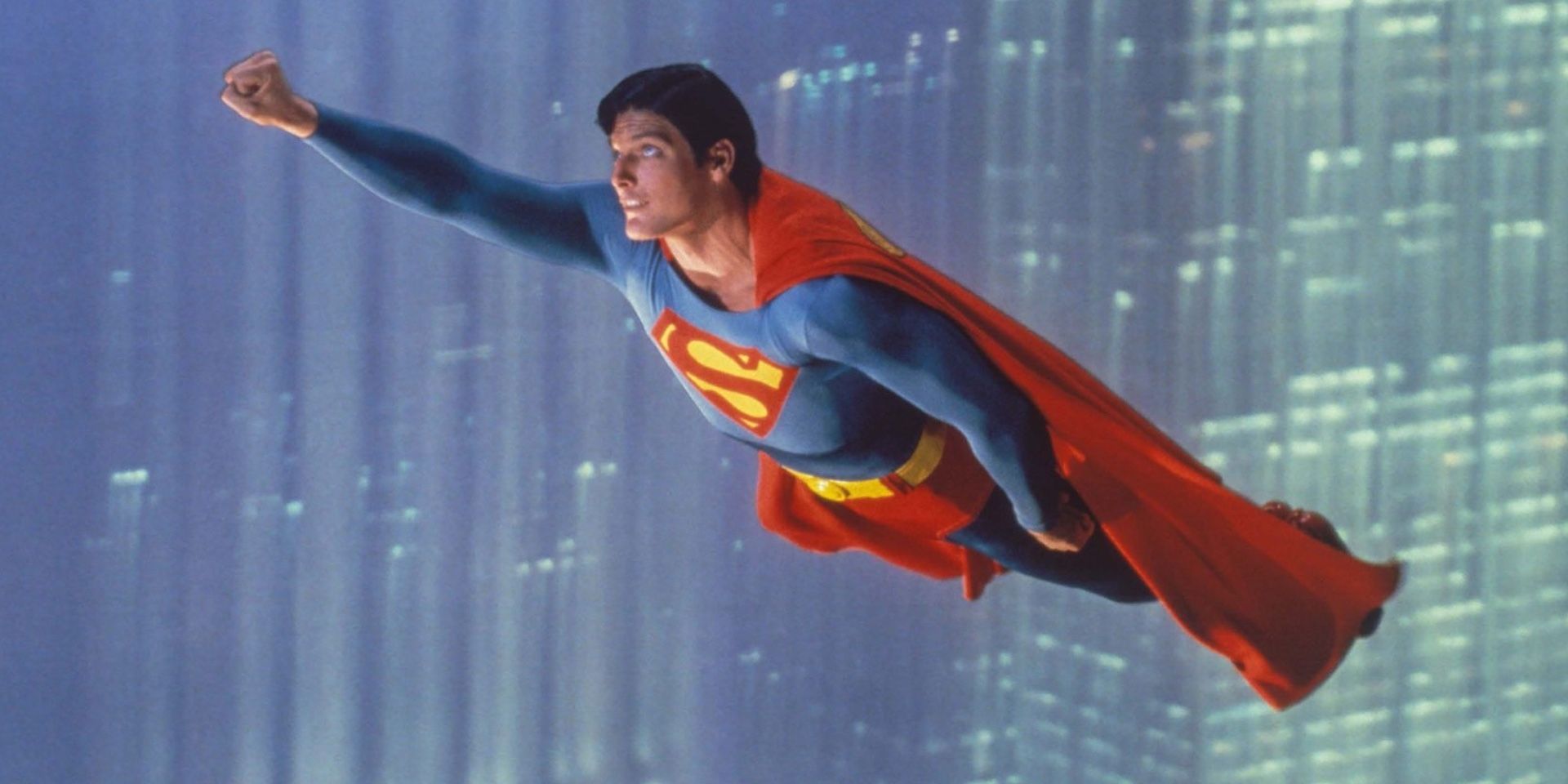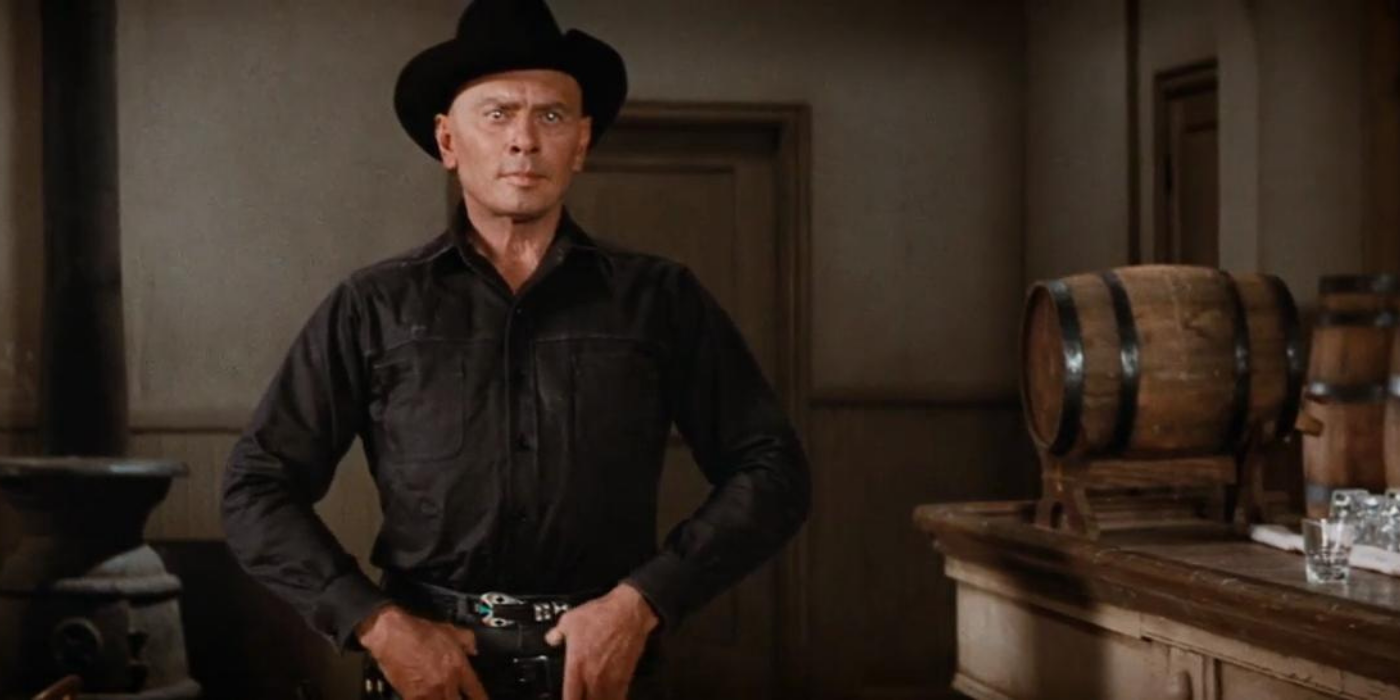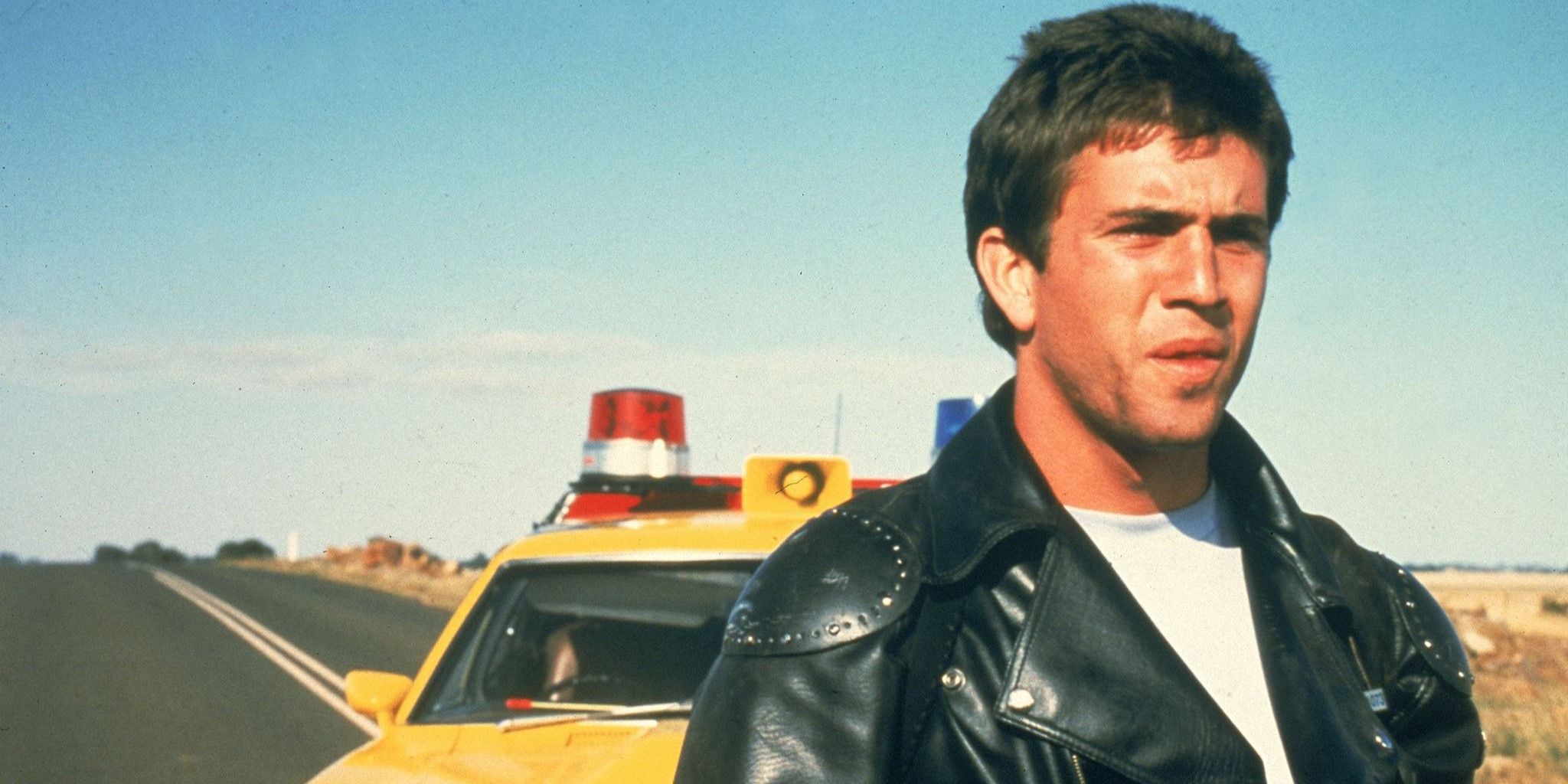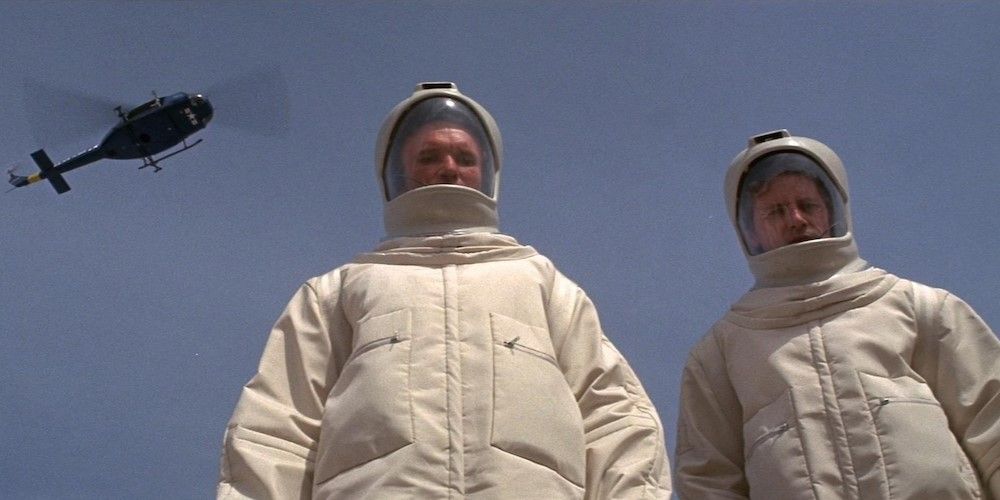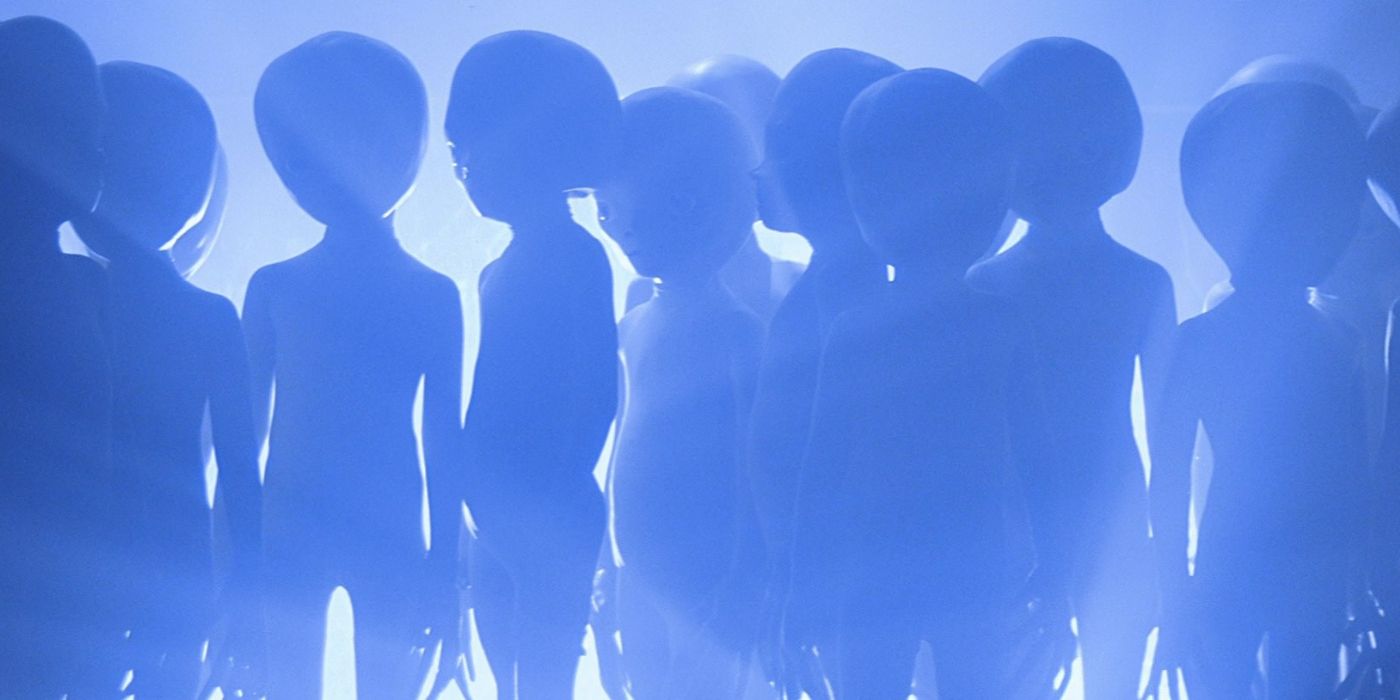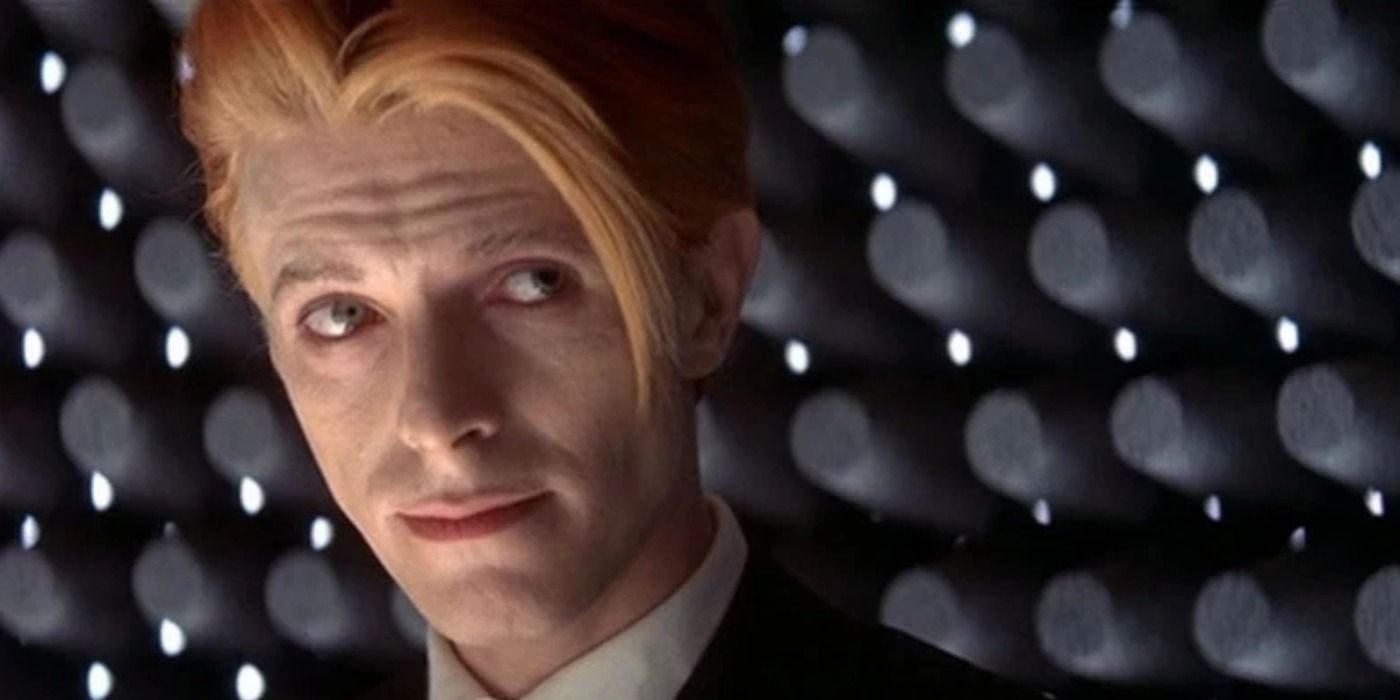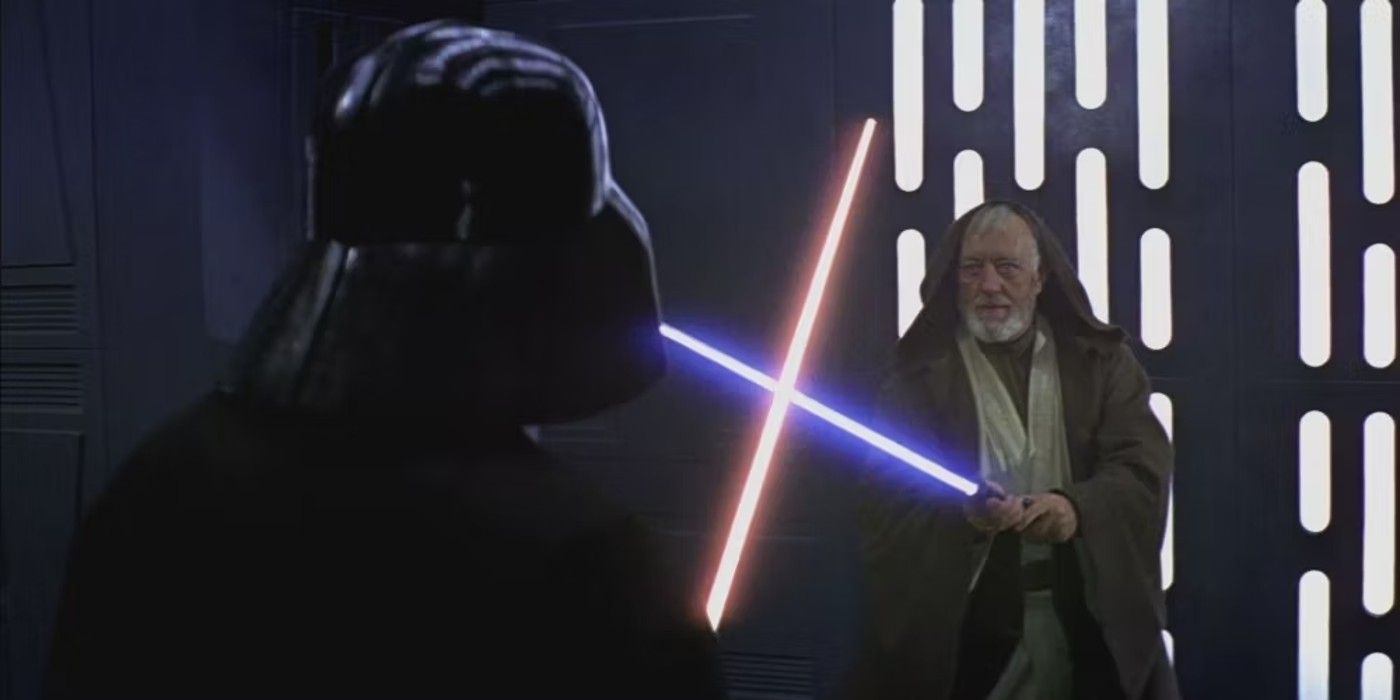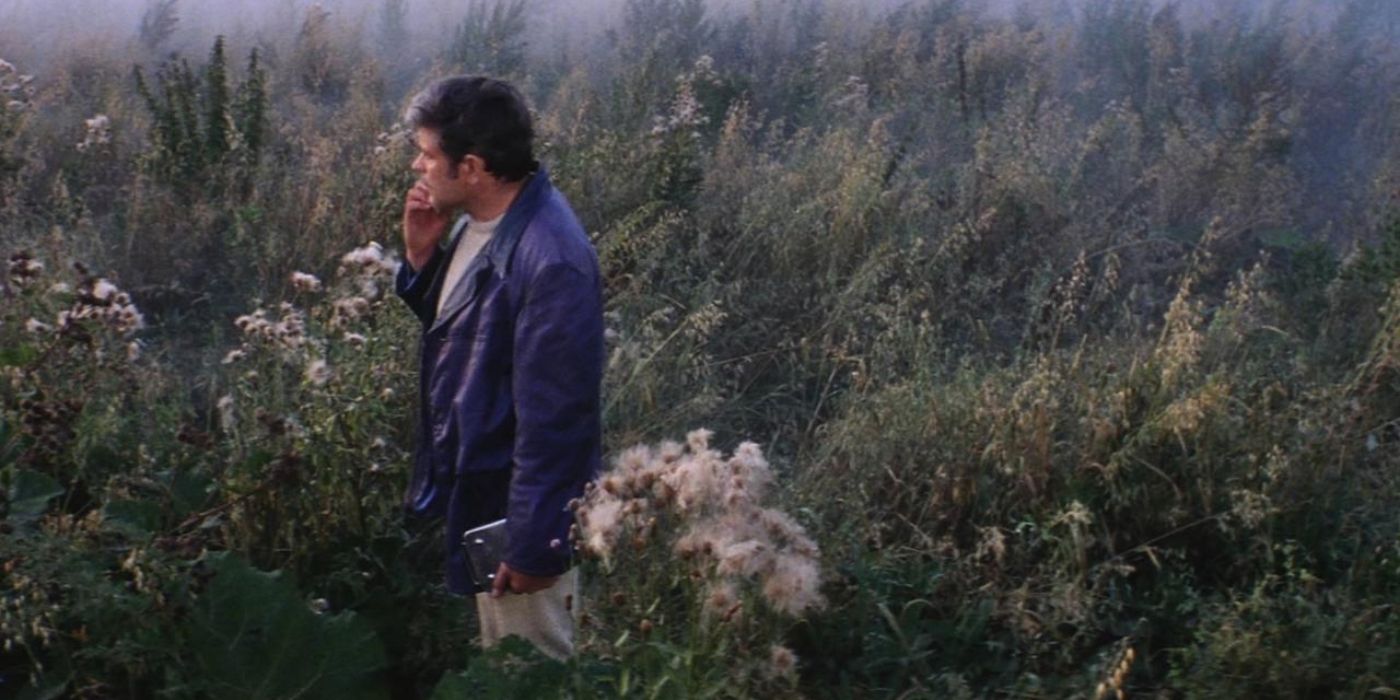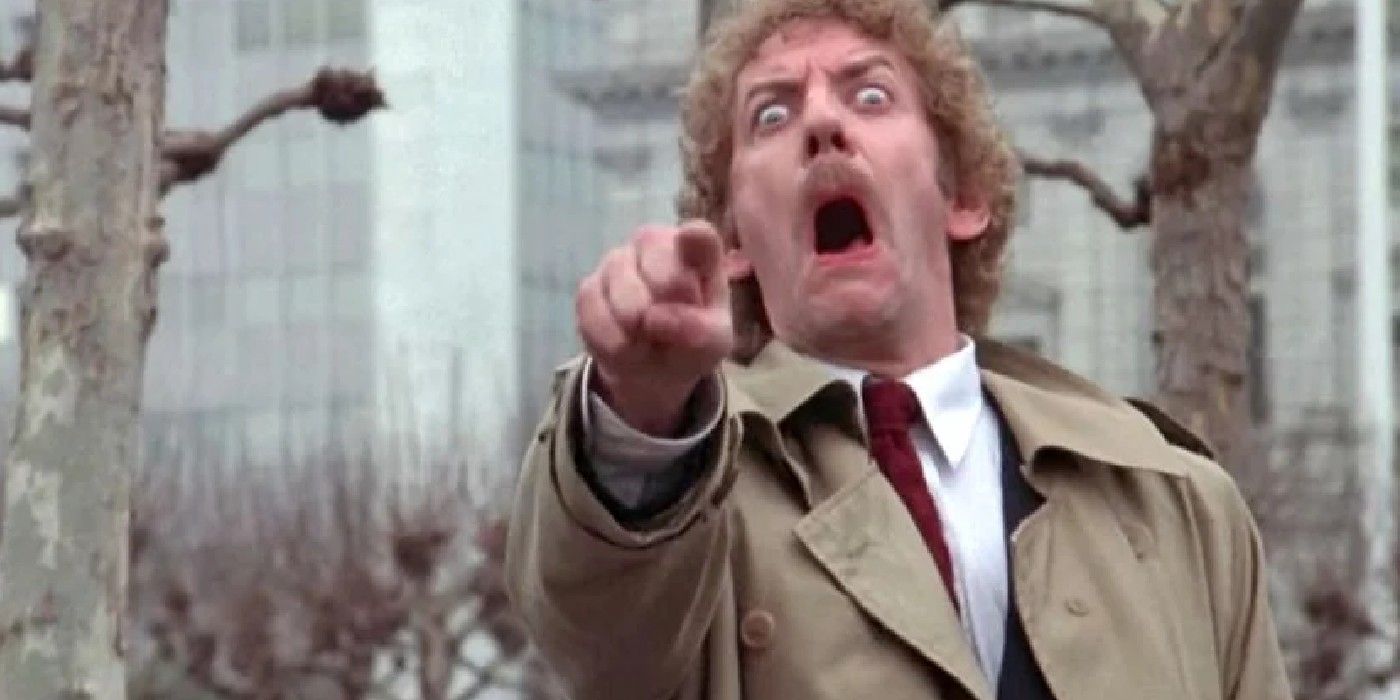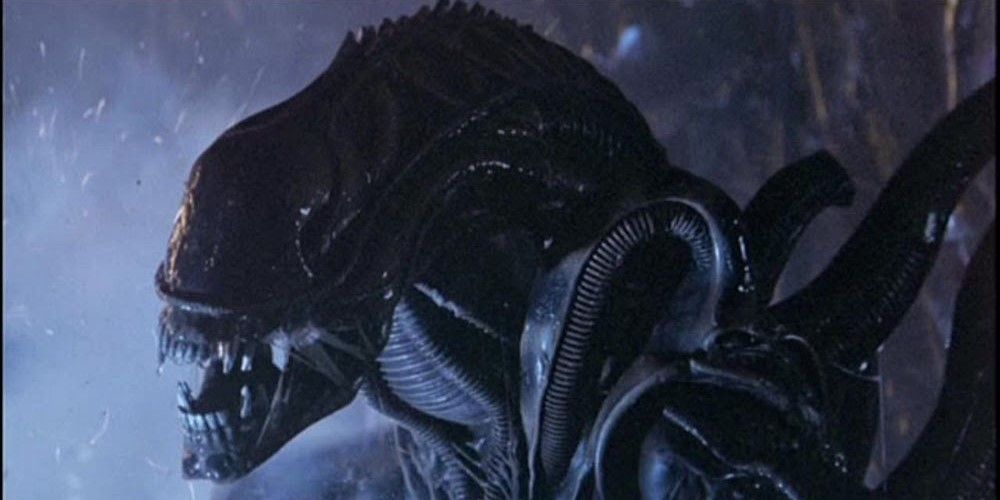After the Swinging Sixties left an unmistakable mark on pop culture — music, film, and just about everything else — the following decade had a tall task to live up to the heights of what came before. Somehow, the 1970s pulled off this arduous feat. In the eyes of many, the 70s represented the high mark for these art forms, especially for cinema.
Specifically, the sci-fi movies of this decade continued to rank among the best of their genre. For ten years, 70s sci-fi films bombarded audiences with new effects, bold ideas, and some of the most memorable movie scores. Beyond the shadow of a doubt, these films elevated some of the greatest names in cinema, both in front and behind the camera.
Updated August 24, 2022, by Anthony Jeanetta. The 1970s left an indelible mark on cinematic history, especially the decade's sci-fi movies. This list has been updated to include more classic sci-fi films from the 1970s.
15 King Kong (1976) Is An Entertaining, If Flawed, Remake
Any cinema fan knows the particular pain of seeing one of their favorite films remade or rebooted to diminishing returns. For every successful remake, there are countless other flops. While 1976's King Kong isn't terrible, it certainly doesn't reach the heights of the 1933 original.
Still, its two human stars' performances and updated effects made the '76 King Kong a fun watch. Starring Jeff Bridges and Jessica Lange (in her film debut), this King Kong was successful enough to warrant a sequel, albeit ten years later. It's likely not at the top of most Kong fans' lists, but thanks to its stars, the movie remained an enjoyable piece of 70s sci-fi cinema.
14 Moonraker (1979) Took James Bond Into A New Genre
As the James Bond franchise reached its 11th entry and the 4th with charismatic star Roger Moore, its filmmakers knew they had to do something new. Given a few of the decade's recent box office hits, producers got the idea to send 007 somewhere he'd never been before: space.
Moonraker was unlike any Bond film before (or since) and remained a fan-favorite. Additionally, the movie featured the return of the immensely popular villain Jaws, played by Richard Kiel, and an awesome space-set final shootout. Considering the grounded nature of the recent Daniel Craig-led James Bond movies, Moore's 007 in space felt just as unique a curio.
13 The Omega Man (1971) Was Another Stab At A 60s Classic
In 1964, Sidney Salkow and Vincent Price adapted Richard Matheson's classic vampire novel, I Am Legend, to the big screen for the first time as The Last Man On Earth. Seven years later, Charlton Heston, star of the original Planet of the Apes, took his turn in the lead role. While not the best of 70s sci-fi cinema, The Omega Man had plenty to offer fans of the genre.
Playing Army doctor Neville, Heston explores the ruins of a post-apocalyptic Los Angeles. Careful to avoid the groups of mutated and light-sensitive zombies, Neville believes he's the last non-mutant alive, at least for a while. The Omega Man may not completely capitalize on this terrific premise, but it's worth it for Heston's outfits and some explosive set pieces.
12 Logan's Run (1976) Offers A Bleak Vision Of The Future
The notion that one's life is over by the time they turn 30 proves all too literal for the characters in Logan's Run. Set in the 23rd Century, Logan's Run tells the story of a utopian society that kills every citizen when they become 30 years old in order to maintain resources. The titular Logan is a member of an elite team of police officers called the "Sandmen," responsible for tracking and exterminating citizens attempting to escape before their 30th birthday.
After terminating one such "Runner," Logan discovers not all is as it seems in the "Sanctuary." Although Logan's Run didn't receive glowing reviews upon its release, like countless other cult classics, it's become far more appreciated over time. So much so, that different studios have tried to remake it several times since the 90s.
11 Star Trek: The Motion Picture (1979) Boldly Went Into Theaters
After the original Star Trek TV series completed its 3-year run in 1969, it took series creator Gene Roddenberry almost a decade to convince Paramount to revamp Trek as a feature film. The movie followed William Shatner's Captain Kirk and his crew of the USS Enterprise as they mobilized to halt the rampage of a violent alien spacecraft.
This first Star Trek film was a slower-paced intellectually driven counterpart to Star Wars' action-forward space adventure. While not the most widely acclaimed Star Trek movie, The Motion Picture reignited interest in the series and led to what's considered the Trek movie's high mark, Star Trek II: The Wrath of Khan, in 1982.
10 Superman: The Movie (1978) Made You Believe A Man Can Fly
It may be hard to believe for modern-day fans, but in the 70s, superhero films were virtually nonexistent. Nevertheless, the genre would jumpstart with Superman: The Movie, led by a transcendent Christopher Reeve in the titular role.
With a supporting cast including Gene Hackman, Margot Kidder, and Marlon Brando and directed by Richard Donner, Superman: The Movie delivered a serious but fun feature adaptation of one of the most significant comics. Even though studios have now flooded the genre, many still consider the original Superman to be one of the best superhero films ever.
9 Westworld (1973) Has Seen New Popularity In Recent Years
Unlike Logan's Run, Westworld has a sequel and a 2016 TV relaunch on HBO, but it was the 1973 film that started it all. Written and directed by author Michael Crichton, Westworld told the story of a futuristic adult amusement park divided into three zones: WesternWorld, MedievalWorld, and RomanWorld. For $1,000 daily, patrons could do whatever they wanted with the androids who populated the parks, including killing and seducing them.
Still, like another future Crichton hit, Jurassic Park, the Westworld park quickly turned from titillating to terrifying. A computer virus infected the park's androids, and they began murdering the human guests. While Westworld's at-the-time revolutionary CGI has aged poorly, its themes of corporate greed and the danger of digital attacks remain prescient to this day.
8 Mad Max (1979) Transported Audiences To An Apocalyptic Australia
Mad Max was the debut feature of director George Miller and star Mel Gibson. The movie followed Gibson's titular Max, a highway patrolman in a post-apocalyptic Australia where only scraps of civilization remained intact. When a roving motorcycle gang killed Max's loved ones, he set out on the dangerous Australian highways with one thing on his mind: revenge.
Compared to its sequels, the original Mad Max was downright grounded. Still, despite its smaller budget, Miller managed to craft several thrilling scenes that would eventually pave the way to more significant sequences in The Road Warrior and Fury Road.
7 The Andromeda Strain (1971) Offers A Sci-Fi Experience That May Be Too Real Today
Robert Wise's adaptation of Michael Crichton's novel isn't just a precursor of future films like Outbreak or Contagion; it's predictive of many current-day virus-related issues. The Andromeda Strain begins with a US satellite — code name: Andromeda — falling from orbit in the New Mexico desert. Soon after, all but two residents of the closest town, Piedmont, are found dead.
The rest of The Andromeda Strain tracks a group of scientists as they race against time to study and stop the deadly space pathogen before it grows out of control. Given the world's current pandemic inundation, The Andromeda Strain remains an insightful examination of the outsized power of these microscopic viruses.
6 Close Encounters Of The Third Kind (1977) Is A Unique Look At Alien Contact
Following the success of 1975's Jaws, Steven Spielberg took on writing and directing duties for his next film, Close Encounters of the Third Kind. Re-teaming with one of Jaws' leading men, Richard Dreyfuss, the two collaborators created another genuine classic.
Close Encounters of the Third Kind told the story of Roy Neary (Dreyfuss), an every-man whose life changed after encountering an unidentified flying object. Along with powerful storytelling, the movie's incredible special effects and John Williams' score elevated Close Encounters to one of the best of the decade.
5 The Man Who Fell To Earth (1976) Is A Surreal Exploration Of Humanity
Although it's spawned several remakes since the original, The Man Who Fell to Earth remains the best film adaptation of Walter Tevis's novel. The 1976 movie follows a humanoid alien (David Bowie) who plummets to Earth, landing in New Mexico. Through a series of flashbacks, the movie reveals the alien's home planet is devoid of water and dying.
During The Man Who Fell to Earth, the alien — living under the pseudonym Thomas Jerome Newton — works to secure and bring back water to his home planet. Unfortunately, Newton gets distracted from his mission by corporate greed, alcoholism, and television. Although it's now almost 50 years old, this exploration of American culture remains as pertinent as ever.
4 Star Wars (1977) Changed Cinema And The World
It's impossible to overestimate Star Wars: Episode IV - A New Hope's cultural impact and influence. No other film franchise, including the MCU, had so many widely and easily recognizable images, sounds, characters, and ideas as Star Wars. Despite its minor budget, the first installment in the series became as iconic as any of its predecessors.
With Disney releasing new movie entries as recently as 2019, and successful streaming shows like The Mandalorian or Obi-Wan Kenobi, Star Wars has maintained its cultural relevance. While the franchise is sure to churn out new products, the film that started it all will always hold a special place in fans' hearts and cinematic history.
3 Solaris (1972) Is A Sci-Fi Film Fixated On Human Psychology
Like the best movies of the entire genre, Solaris is as much a science fiction film as it is an investigation of the human condition. Directed by Russian auteur Andrei Tarkovsky and based on the Stanislaw Lem novel, Solaris tracks a psychologist — Chris Kelvin (Donatas Banionis) — sent to investigate a space station orbiting the planet Solaris.
In response to a bombardment of Solaris from this space station, an alien sends the astronauts living representations of their memories. These living memories have an adverse effect the crowd, with one scientist ending their own life, prompting Kelvin's probe. Once on board, Kelvin meets his wife, Hari, who died by suicide ten years earlier. What follows is a deep dive into the nature and reality of memory and humanity.
2 Invasion Of The Body Snatchers (1978) Is One Of The Greatest Movie Remakes Ever
The 1978 Invasion of the Body Snatchers is one of the rare cinematic remakes that not only reaches the heights of the original but surpasses them. Directed by Philip Kaufman and led by an all-time Donald Sutherland performance, Invasion of the Body Snatchers opens with an alien spore drifting to San Francisco from space. Soon this seed sprouts strange pods that begin replicating the city's residents, one body at a time.
In response, Sutherland's public health inspector, Matthew Bennell, works to stop the bizarre invasion. This remake of The Invasion of the Body Snatchers largely shares the same plot as the original, but the expansion and exploration of the film's weighty themes and ambitious ideas make it superior. With one of the best final shots, The Invasion of the Body Snatchers is a must-see for any sci-fi fan.
1 Alien (1979) Promised That In Space, No One Can Hear You Scream
In the spring of 1979, Alien took audiences by surprise, delivering a sci-fi-horror classic. Initially pitched as "Jaws in space," Alien transcended this elevator pitch and became something more enduring. Directed by Ridley Scott, with incredible H. R. Giger designs, and featuring a star-making performance from Sigourney Weaver, Alien proved as viscerally thrilling as it was intellectually stimulating.
Alien will make fans jump and watch some scenes through gaps between their fingers. The movie will also make viewers think about what it means to be human, the strength of women, and the quiet oppression of capitalism. As the best of both worlds, Alien pulls off what few films before or after it accomplished. Delivering both interesting ideas and quality entertainment, Alien cements itself as one of the best sci-fi movies of not just the 70s, but of all time.

